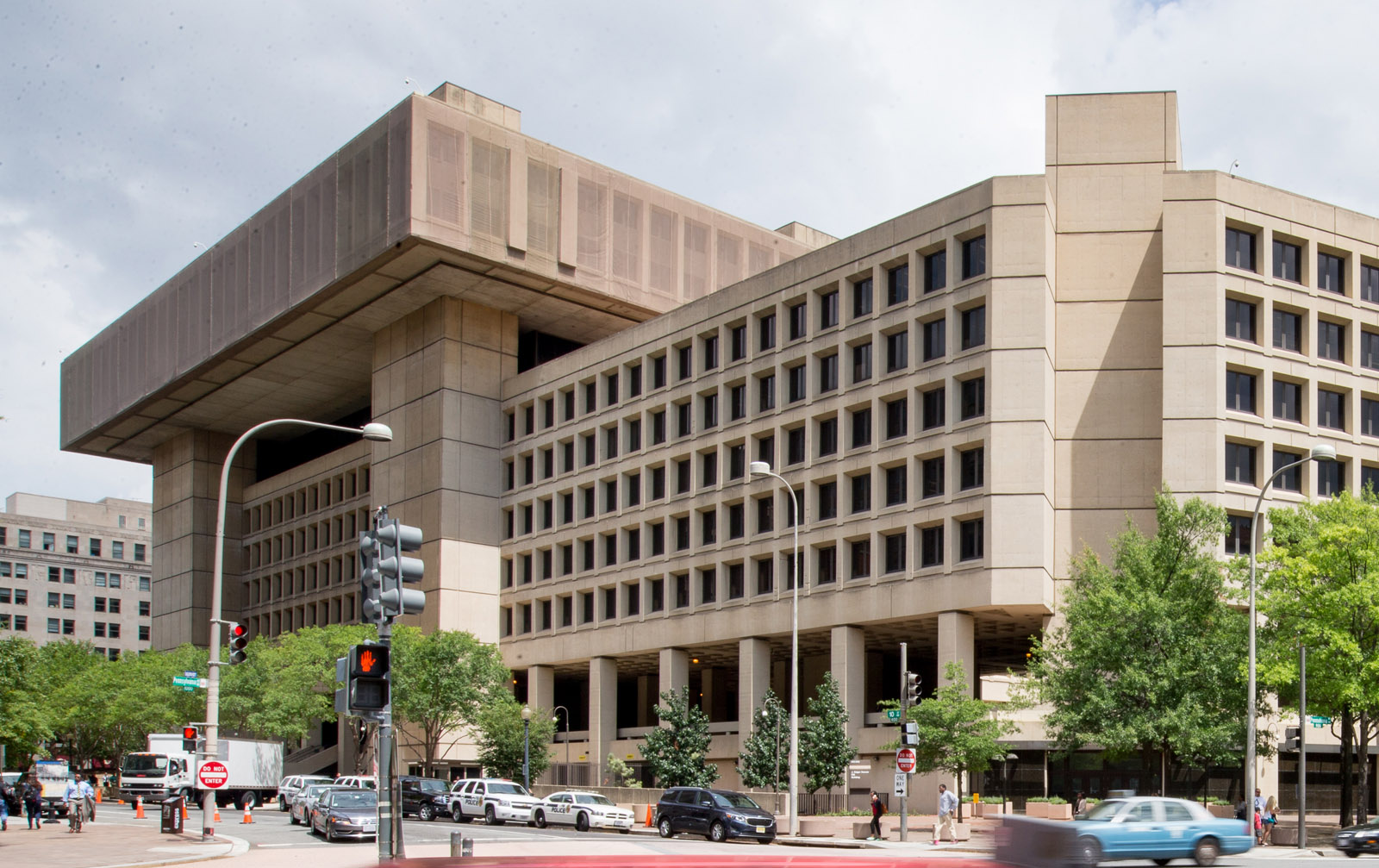D.C. Water has released a new plan to replace lead pipelines by 2030, including an increase in the cost for the plan to $1.5 billion.
This is an increase from the original planned estimated cost, which was $300 to $500 million, and included in Mayor Muriel Bowser’s latest budget.
The new plan, released on Friday, also includes discussion of a potential legislative mandate that would require all D.C. homeowners to replace their lead pipes.
“Without that additional funding, we may need to work with our board to discuss possible customer rate increases,” said Will Elledge, D.C. Water Director of Engineering and Technical Services.
D.C. Water said the goal is to also acquire funding that would avoid the additional financial burden on residents, which could be discounted or free service replacements for residents.
“Since 2019, D.C. Water and our partners have been making significant strides to reduce the sources of lead in drinking water,” said D.C. Water Chief Executive Officer and General Manager David Gadis.
As of May, D.C. Water has replaced more than 4,200 lead service lines with copper pipes and has leveraged District funding to provide free and discounted replacement programs that saved approximately $7 million for customers so far, Gadis said.
But the new announcement comes after D.C. Water said it estimates there’s now about 42,000 lead service lines that need to be replaced. This increase comes after as many as 20% of the lines previously thought to not have any lead, could actually contain lead.
D.C. residents can now go online and enter their address to see if they have a lead service line that needs to be replaced.
There’s also a new construction dashboard where residents can look at updates on where work is being done.
The issue with lead in the District’s water began in 2000, when the Washington Aqueduct changed its treatment chemicals, inadvertently causing the leaching of lead from aging service lines and pipes in older homes.
“The mission of Lead Free DC is to equitably replace all lead service lines to benefit present and future generations. We cannot do this without the cooperation of our community partners, contractors, legislators, and most importantly, our customers,” Gadis said.
“While we work toward removing all lead pipes in the District, we want customers to experience superior service that advances the health and well-being of our diverse communities. We thank all our partners for joining this critical mission.”








